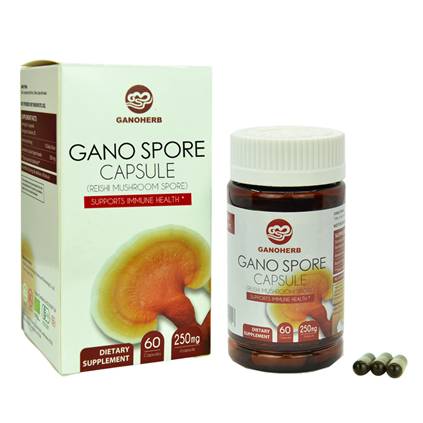In China, Shanghai, Jiangsu, Fujian and other places, the harm of wood-feeding mites gradually spreads, and many mushroom beds occur, affecting the yield and quality of mushrooms.
The species of woodgrass, Caloglyphus Shanghaiensis, is a member of the whitefly family, the woodworm family.
The first is the hazard characteristics: the wood-feeding paradox not only takes edible fungi hyphae and fruit bodies, but also carries and spreads the bacteria, affects the growth of mycelia, and reduces the yield and quality of edible fungi. Calpolglyphus kunshanensis occurs in mushroom beds in Shanghai, Jiangsu (Kunshan, Jiangyin), and Fujian (Cangzhou). If it is not controlled in time, it will have a certain impact on mushroom production.
The second is the law of occurrence: the wood-feeding worms are more rot-like and can survive and reproduce on rotting fruit bodies. After being killed, the test tube strain can eat all the hyphae of mycelium. After eating the hyphae, it can also live on the medium; it can also feed on some bacteria, carry and spread it, and increase the incidence of edible fungi. Possible. Resistant to high humidity, the body can be suspended in rotten mushroom and muddy water mixture and fed from it. When food is lacking or the humidity is too low, a reddish-brown, ossified, inactive dormant body is produced.
The third is the prevention and control methods: the cultivation of healthy strains to increase the yield of strains, so that the strains of mycelium grow thick and strong. Pay attention to environmental sanitation. Do not place debris and waste around the mushroom house to avoid contamination with germs and reduce the breeding ground. Mushrooms are not built near the grain warehouse. Strictly sterilize: The mushroom house is thoroughly cleaned before sowing, and fumigation is performed with chemical agents; the culture materials are used for composting fermentation or sprayed with pesticides to destroy the harmful insects. The strain culture room should be regularly inspected and fumigated. When strains are produced, they should be tightly packed with cotton tampon, preferably with a layer of kraft paper.
Ganoderma Capsule (Reishi Capsule/Lingzhi capsule) is made of USDA certified organic Ganoderma Lucidum spore powder. The Ganoderma used for this product is 100% organic and comes from our self-built Ganoderma farm, which has acquired 4 organic certificates from China, Japan, the US and the EU. During the cultivation process, not any pesticide, herbicide, or chemical fertilizer was used at all. The capsule shell we used is called Vcap vegetable capsule shell which is made of 100% plant fiber and is more stable and safer compared to regular gelatin capsule. GANOHERB guarantees that all of our product do not contain any additive, hormone, or chemically synthesized matter.

The Ganoderma spore powder inside the capsule is rich in Ganoderma Lucidum polysaccharides and triterpenes, which help enhance overall immunity, preventing diseases and infections. In order to make the nutrients inside can be easily absorbed by human body and prevent oxidation at the same time, we use a patented technology called low temperature physical shell-breaking technology to break the cell wall of the spore powder. The wall-broken rate can reach as high as 99.5%.

Ganoderma Capsule
Ganoderma Capsule,Reishi Capsule,Reishi Mushroom Capsule,Ganoderma Lucidum Capsule,Herbal Capsule,Lingzhi Capsule
Ganoherb International Inc. , http://www.ganoherb.us